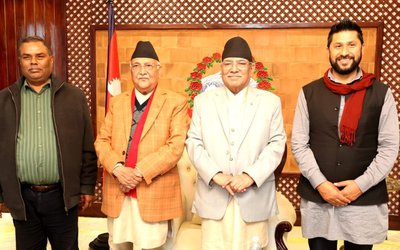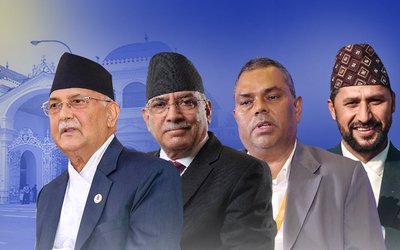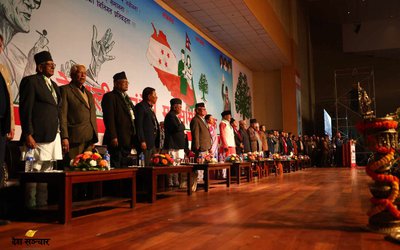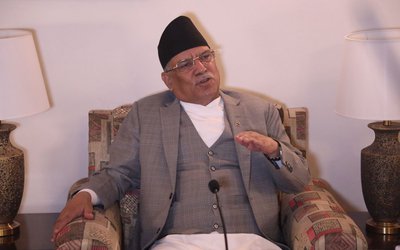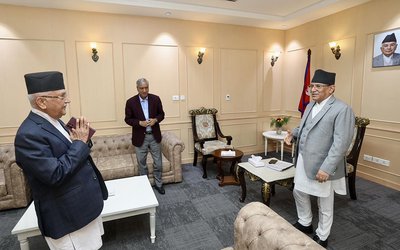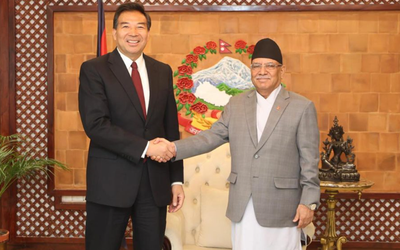It took nearly a decade for Nepal's so-called revolutionary Dr. Baburam Bhattarai to accept what King Prtihvi Narayan Shah the great, known as the founder of modern Nepal, said 239 years ago, that Nepal is a yam between two stones.
Prime minister Bhattarai, who used a number of words to minimize and diminish the statement, conceded Nepal's geostrategic reality in front of some half a dozen journalists invited to his office for a private meeting.
"We all are gotis (pawns). Nepal's two powerful neighbors are exerting their influence and pressure in a big way on domestic politics," revealed Dr. Bhattarai. "You all know how a leader of a neighboring country commented against ethnic identity. You know how another neighboring country opposed the appointment of the chief secretary," he said to the journalists.
Renowned American scholar late Leo E. Rose, in his book Strategy for Survival, wrote, "The present day Nepal thus perceives its critical geopolitical situation in terms of long tradition as a buffer state and with some deeply ingrained attitudes towards the policies and tactics required to maintain its political and cultural integrity."
Although Nepal has transformed from a monarchical to a federal republican secular state, Nepal's reality of being between the two big neighbors is yet to change. In the last six years, Nepal has seen six different prime ministers with closeness with the south but they were all unable to undo Nepal's reality. Prime minister Dr. Baburam Bhattarai is not an exception.
"To Kathmandu, the current potentialities of external domination and subversion are not very different in kind- though they may be in danger- from those with which Nepali governments are not particularly new, neither is the repertory of response devised by the Kathmandu authorities. There is a basic similarity between King Prithvi Narayan Shah’s analysis of Nepal's role in the Himalayan area and his selection of tactics and that of the ninth ruler in his dynasty, King Mahendra Bir Bikaram Shah Dev," wrote Rose. In part, of course, this can be attributed to the paucity of alternative policies for a country in Nepal's position. Nevertheless there are choices to be made within this strictly limited framework, and the consistency displayed by widely different groups of decision makers over a long period is one of the more notable aspects of Nepal's history."
- TANAHU HYDROPOWER PROEJCT: A Significant Achievement
- Apr 15, 2024
- AMBASSADOR HANAN GODAR: Sharing Pain With A Nepali Family
- Mar 30, 2024
- VISIT OF KfW AND EIB TO NEPAL : Mission Matters
- Mar 25, 2024
- NEPAL BRITAIN SOCIETY: Pratima Pande's Leadership
- Mar 24, 2024
- NEPAL ARMY DAY: Time To Recall Glory
- Mar 15, 2024


